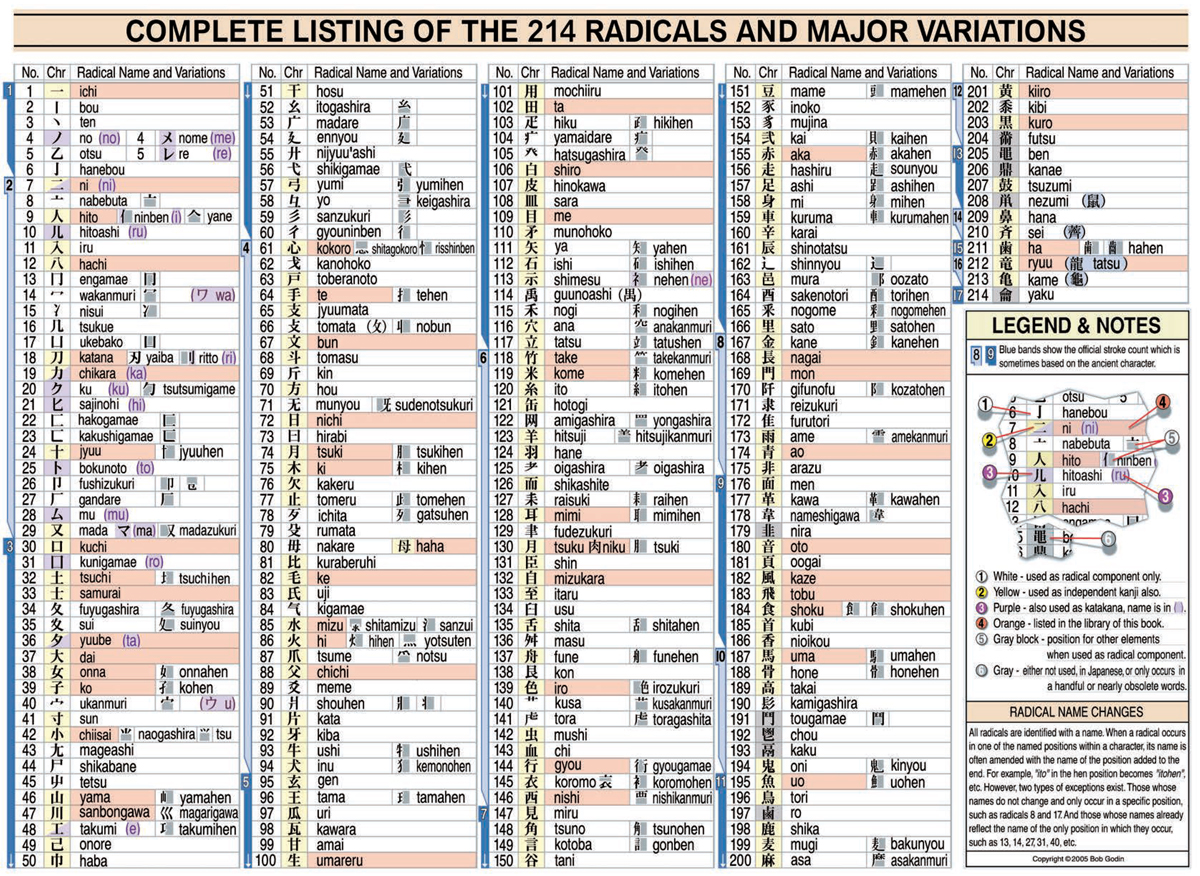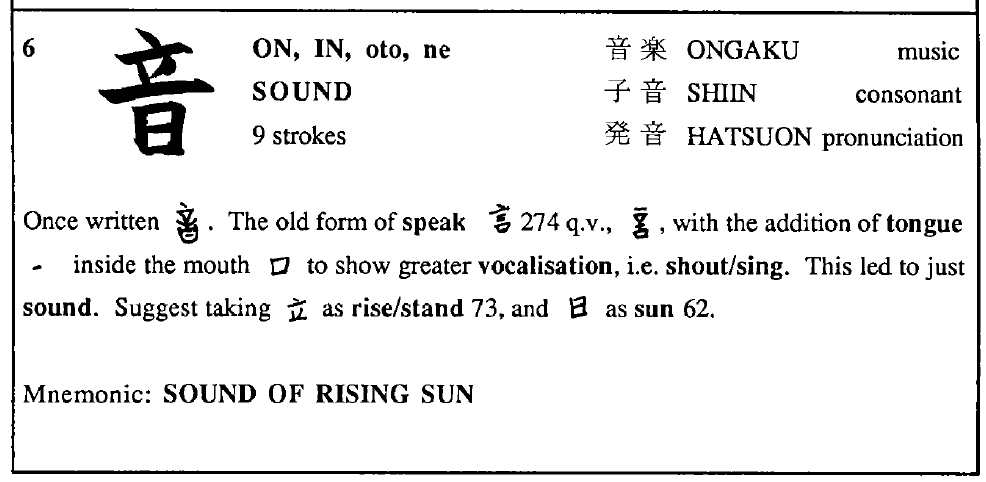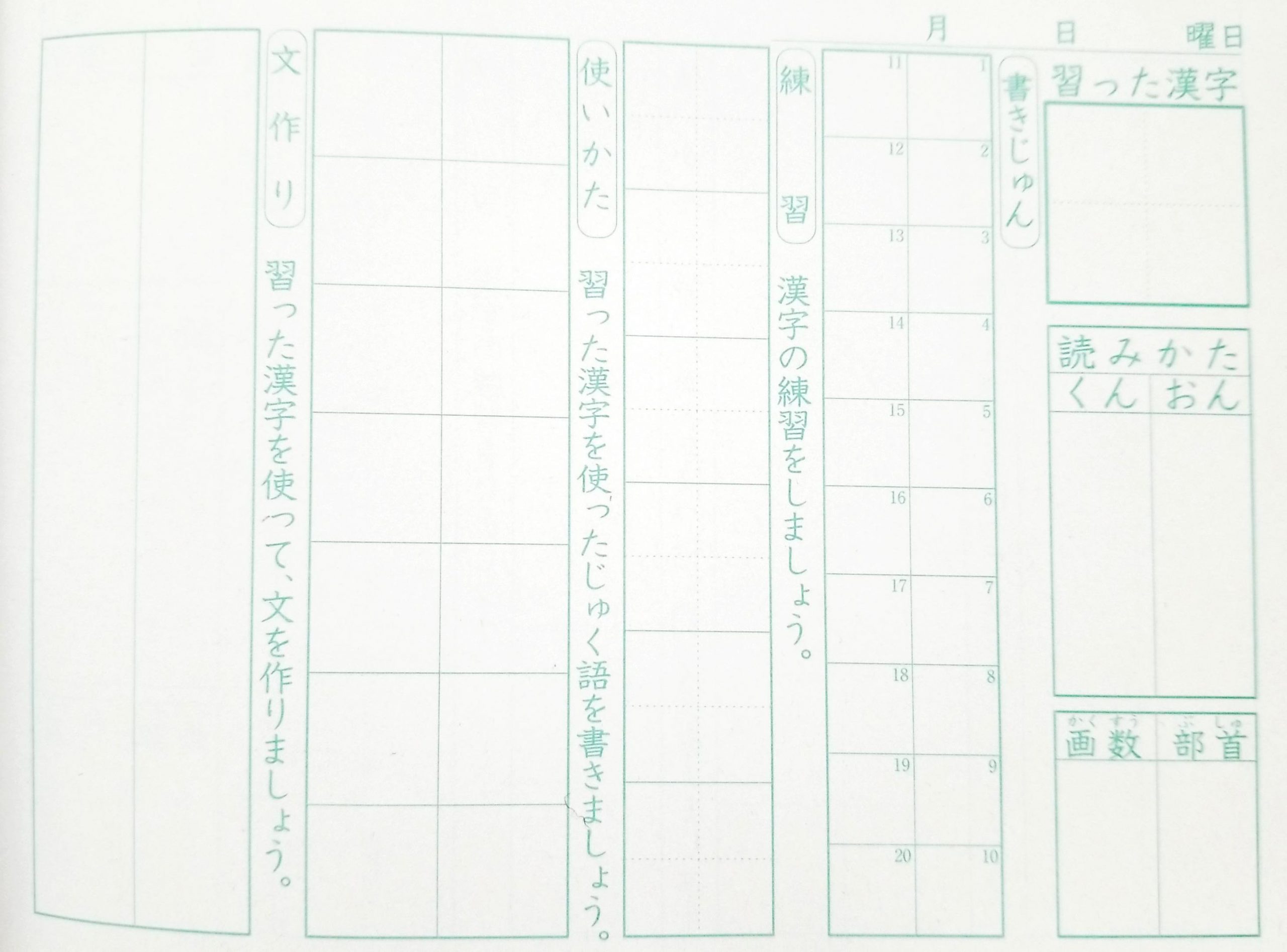- Sep 2025
-
www.bbc.co.uk www.bbc.co.uk
-
drive.google.com drive.google.com
-
https://drive.google.com/drive/folders/1_MHd5xeHbeUGZlgpVNBJ-PhGil_0NIPY
Audio files from the BBC series Catchphrase at https://www.bbc.co.uk/wales/catchphrase/
-
- Jun 2025
-
www.wales.com www.wales.com
-
Gallia County in Ohio was formerly known as “Little Cardiganshire”. Welsh was spoken here widely, and remained the county's most common second language until 1970.
https://www.wales.com/about/welcome-wales/wales-and-world/links-between-america-and-wales
-
-
www.reddit.com www.reddit.com
-
The Welsh 'll' is how we write the phoneme (sound) /ɬ/ which is called the voiceless lateral fricative. This sound is not a part of English phonology. In fact the only other European language which has it is Icelandic and then it's only found in clusters. Because English lacks the /ɬ/ sound, people who are unfamiliar with it often struggle to articulate it. Depending on where it is in a word, the English speaker will approximate it as /k/ before /l/ (klan for llan), or as /l/ in isolation (alan for allan) and sometimes /θl/ in medial position (Lanethli for Llanelli). People will always approximate a phoneme which is alien to them. Just as English speakers do not pronounce the French and German /y/ as /y/ but usually as something like /u/. Often phonemes like /x/ and /χ/ are realised as /k/ (e.g. lock for Scottish loch).
https://www.reddit.com/r/learnwelsh/comments/1l8o22q/why_do_some_people_pronounce_llan_as_klan/
-
- Jul 2024
-
- Mar 2024
-
www.ylolfa.com www.ylolfa.com
-
https://www.ylolfa.com/products/9781800992887/my-way-to-welsh<br /> My Way to Welsh: A complete course for home learning<br /> Heini Gruffudd
ᔥDeborah-SSi in Heini Gruffudd's new book - Welsh / General / Questions - SSi Forum<br /> (accessed:: 2024-03-07 07:59:11)
-
-
www.icongrouponline.com www.icongrouponline.com
-
en.forum.saysomethingin.com en.forum.saysomethingin.com
-
This morning I ran across a copy of Jane Austen's novel Emma with some of the keywords on each page translated into Welsh as footnotes at the bottom of the page. Apparently it's part of a series of classic books published by Icon into a variety of different languages and meant for language learners.
The full list of their titles with Welsh can be found here: Webster's Welsh Thesaurus Editions
I'm curious if anyone has used these before, and if so, how helpful they've found them for building their Welsh vocabulary as they read English language works.
Is anyone aware of Welsh language books that have this sort of English vocabulary cross listed on the page? (Sort of the way in which lingo.360.cymru has news stories in Welsh with English translation help along the way?)
syndication link: https://en.forum.saysomethingin.com/t/websters-welsh-thesaurus-editions/40131
-
- Jan 2023
-
-
Siwan Clark, a Welsh speaker and MSc candidate in Social Research Methods at University College London, said Wales is environmentally suffering because of centuries of British colonialism, particularly during the Industrial Revolution, which had a devastating global environmental impact.Clark said her mother, who grew up on a farm in North Wales, understands critical Welsh words—a language Clark said is deeply agricultural—that “have no context or meaning” for her.“Industrialized farming is inextricable from empire,” Clark said. “If those small farms fail, then the language won’t truly survive.”
!- Welsh indigneous language : bio-cultural worldview - researcher Siwan Clark, University College London, claims Wales is suffering environmentally since British colonialism during Industrial Revolution - North Wales - critical Welsh words are deeply agricultural. The fall of the small farms also erodes the language they evovled
-
- Oct 2022
-
www.saysomethingin.com www.saysomethingin.com
-
ymlaenwelsh.com ymlaenwelsh.com
-
https://ymlaenwelsh.com/2018/11/11/on-word-field-farming/
Creating world fields (groups of words related to a particular area or field of knowledge) can be helpful for acquiring vocabulary in a new language. There's no research here to back up the claim, but it's an interesting word game and method for familiarize oneself with a small area and acquire new words related to an area or various related stem words.
-
- Aug 2022
-
lingo.360.cymru lingo.360.cymru
-
https://lingo.360.cymru/lingo-newydd/
-
- May 2022
-
forum.artofmemory.com forum.artofmemory.com
-
https://forum.artofmemory.com/t/what-language-s-are-you-studying/73190
I've been studying Welsh on and off now for just over a year.
I've been using a mix of Duolingo for it's easy user interface and it's built in spaced repetition. I like the way that it integrates vocabulary and grammar in a holistic way which focuses on both reading, writing, and listening.
However, I've also been using the fantastic platform Say Something in Welsh. This uses an older method of listening and producing based teaching which actually makes my brain feel a bit tired after practice. The focus here is solely on listening and speaking and forces the student to verbally produce the language. It's a dramatically different formula than most high school and college based courses I've seen and used over the years having taken 3 years of Spanish, 2 of French, and 2 of Latin.
The set up consists of the introduction of a few words which are then used in a variety of combinations to create full sentences. The instructors say a sentence in English and the listener is encouraged in just a few seconds to attempt to produce it in the target language (Welsh, in my case), then the instructor says the sentence in Welsh with a pause for the student to repeat it properly, another instructor says it in Welsh with a pause for a third repeat. This goes on for 20 to 30 minutes at a time. The end result is that the learner gets into the language much more quickly and can begin both understanding the spoken language as well as produce it much more rapidly than older school based methods (at least in my experience, though I have known some college language labs to use a much more limited version of a similar technique). Each lesson adds new material, but also reviews over older material in a spaced repetition format as well so you're always getting something new mixed in with the old to make new and interesting sentences for conversation.
SSiW also has modules for Manx, Cornish, Dutch, and Spanish.
I find that the two done hand in hand has helped me produce much faster results in language acquisition in an immersive manner than I have done previously and with much less effort.
-
- Mar 2022
-
-
Evaluations of the platform show that users who follow the avatar inmaking a gesture achieve more lasting learning than those who simply hear theword. Gesturing students also learn more than those who observe the gesture butdon’t enact it themselves.
Manuela Macedonia's research indicates that online learners who enact specific gestures as they learn words learn better and have longer retention versus simply hearing words. Students who mimic these gestures also learn better than those who only see the gestures and don't use them themselves.
How might this sort of teacher/avatar gesturing be integrated into online methods? How would students be encouraged to follow along?
Could these be integrated into different background settings as well to take advantage of visual memory?
Anecdotally, I remember some Welsh phrases from having watched Aran Jones interact with his cat outside on video or his lip syncing in the empty spaces requiring student responses. Watching the teachers lips while learning can be highly helpful as well.
-
- Nov 2021
-
www.lynnekelly.com.au www.lynnekelly.com.au
-
Over the years in academic settings I've picked up pieces of Spanish, French, Latin and a few odd and ends of other languages.
Six years ago we put our daughter into a dual immersion Japanese program (in the United States) and it has changed some of my view of how we teach and learn languages, a process which is also affected by my slowly picking up conversational Welsh using the method at https://www.saysomethingin.com/ over the past year and change, a hobby which I wish I had more targeted time for.
Children learn language through a process of contextual use and osmosis which is much more difficult for adults. I've found that the slowly guided method used by SSiW is fairly close to this method, but is much more targeted. They'll say a few words in the target language and give their English equivalents, then they'll provide phrases and eventually sentences in English and give you a few seconds to form them into the target language with the expectation that you try to say at least something, or pause the program to do your best. It's okay if you mess up even repeatedly, they'll say the correct phrase/sentence two times after which you'll repeat it again thus giving you three tries at it. They'll also repeat bits from one lesson to the next, so you'll eventually get it, the key is not to worry too much about perfection.
Things slowly build using this method, but in even about 10 thirty minute lessons, you'll have a pretty strong grasp of fluent conversational Welsh equivalent to a year or two of college level coursework. Your work on this is best supplemented with interacting with native speakers and/or watching television or reading in the target language as much as you're able to.
For those who haven't experienced it before I'd recommend trying out the method at https://www.saysomethingin.com/welsh/course1/intro to hear it firsthand.
The experience will give your brain a heavy work out and you'll feel mentally tired after thirty minutes of work, but it does seem to be incredibly effective. A side benefit is that over time you'll also build up a "gut feeling" about what to say and how without realizing it. This is something that's incredibly hard to get in most university-based or book-based language courses.
This method will give you quicker grammar acquisition and you'll speak more like a native, but your vocabulary acquisition will tend to be slower and you don't get any writing or spelling practice. This can be offset with targeted memory techniques and spaced repetition/flashcards or apps like Duolingo that may help supplement one's work.
I like some of the suggestions made in Lynne's post as I've been pecking away at bits of Japanese over time myself. There's definitely an interesting structure to what's going on, especially with respect to the kana and there are many similarities to what is happening in Japanese to the Chinese that she's studying. I'm also approaching it from a more traditional university/book-based perspective, but if folks have seen or heard of a SSiW repetition method, I'd love to hear about it.
Hopefully helpful by comparison, I'll mention a few resources I've found for Japanese that I've researched on setting out a similar path that Lynne seems to be moving.
Japanese has two different, but related alphabets and using an app like Duolingo with regular practice over less than a week will give one enough experience that trying to use traditional memory techniques may end up wasting more time than saving, especially if one expects to be practicing regularly in both the near and the long term. If you're learning without the expectation of actively speaking, writing, or practicing the language from time to time, then wholesale mnemotechniques may be the easier path, but who really wants to learn a language like this?
The tougher portion of Japanese may come in memorizing the thousands of kanji which can have subtly different meanings. It helps to know that there are a limited set of specific radicals with a reasonably delineable structure of increasing complexity of strokes and stroke order.
The best visualization I've found for this fact is the Complete Listing of the 214 Radicals and Major Variations from An Introduction to Japanese Kanji Calligraphy by Kunii Takezaki (Tuttle, 2005) which I copy below:

(Feel free to right click and view the image in another tab or download it and view it full size to see more detail.)
I've not seen such a chart in any of the dozens of other books I've come across. The numbered structure of increasing complexity of strokes here would certainly suggest an easier to build memory palace or songline.
I love this particular text as it provides an excellent overview of what is structurally happening in Japanese with lots of tidbits that are otherwise much harder won in reading other books.
There are many kanji books with various forms of what I would call very low level mnemonic aids. I've not found one written or structured by what I would consider a professional mnemonist. One of the best structured ones I've seen is A Guide to Remembering Japanese Characters by Kenneth G. Henshall (Tuttle, 1988). It's got some great introductory material and then a numbered list of kanji which would suggest the creation of a quite long memory palace/journey/songline.
Each numbered Kanji has most of the relevant data and readings, but provides some description about how the kanji relates or links to other words of similar shapes/meanings and provides a mnemonic hint to make placing it in one's palace a bit easier. Below is an example of the sixth which will give an idea as to the overall structure.

I haven't gotten very far into it yet, but I'd found an online app called WaniKani for Japanese that has some mnemonic suggestions and built-in spaced repetition that looks incredibly promising for taking small radicals and building them up into more easily remembered complex kanji.
I suspect that there are likely similar sources for these couple of books and apps for Chinese that may help provide a logical overall structuring which will make it easier to apply or adapt one's favorite mnemotechniques to make the bulk vocabulary memorization easier.
The last thing I'll mention I've found, that's good for practicing writing by hand as well as spaced repetition is a Kanji notebook frequently used by native Japanese speaking children as they're learning the levels of kanji in each grade. It's non-obvious to the English speaker, and took me a bit to puzzle out and track down a commercially printed one, even with a child in a classroom that was using a handmade version. The notebook (left to right and top to bottom) has sections for writing a big example of the learned kanji; spaces for the "Kun" and "On" readings; spaces for the number of strokes and the radical pieces; a section for writing out the stroke order as it builds up gradually; practice boxes for repeated practice of writing the whole kanji; examples of how to use the kanji in context; and finally space for the student to compose their own practice sentences using the new kanji.

Regular use and practice with these can be quite helpful for moving toward mastery.
I also can't emphasize enough that regularly and actively watching, listening, reading, and speaking in the target language with materials that one finds interesting is incredibly valuable. As an example, one of the first things I did for Welsh was to find a streaming television and radio that I want to to watch/listen to on a regular basis has been helpful. Regular motivation and encouragement is key.
I won't go into them in depth and will leave them to speak for themselves, but two of the more intriguing videos I've watched on language acquisition which resonate with some of my experiences are:
-
